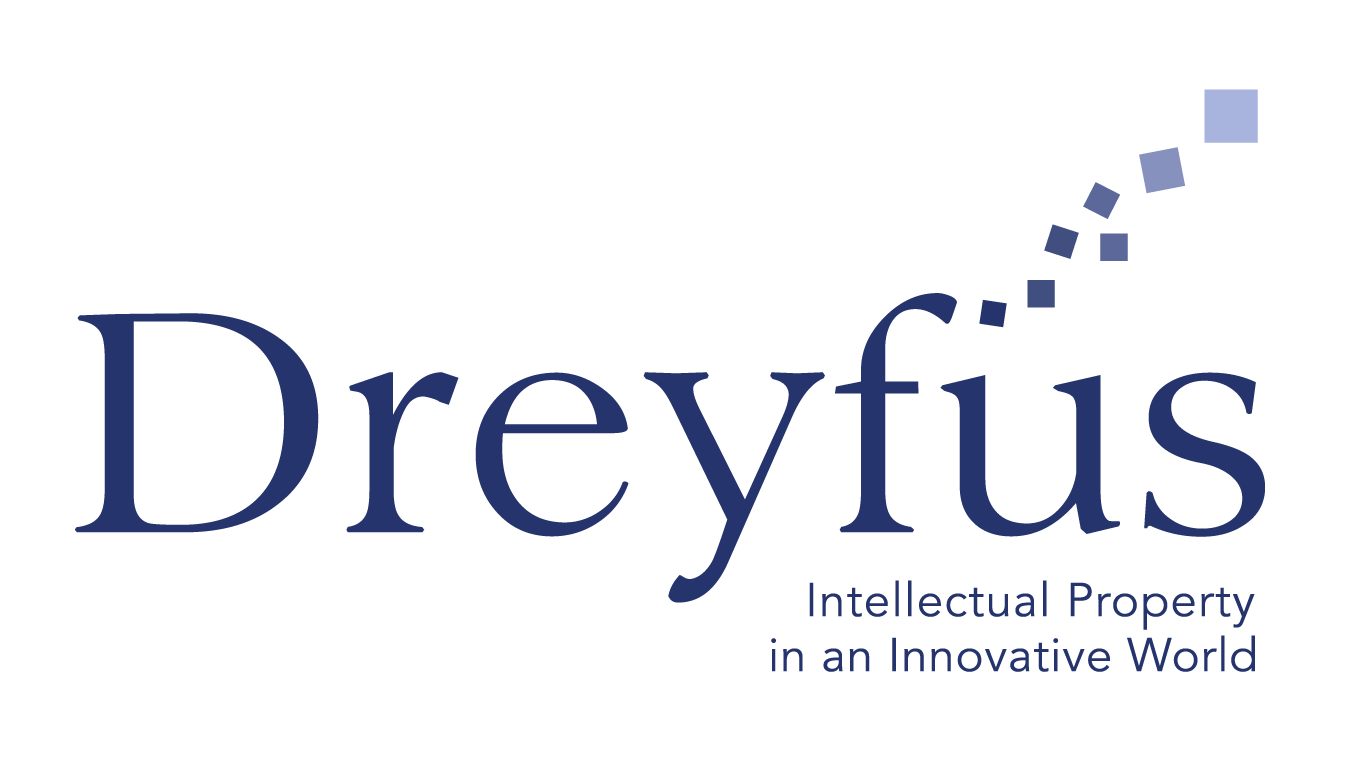Image generated by DALL-E
Nathalie Dreyfus, founder of Dreyfus in Paris attended the “Marketing and Brand Owner Awareness” session at ICANN’s Contracted Parties Summit which took place in Paris from May 6 to 9. This summit focuses solely on the mutual concerns and interests of the contracting parties, namely registry operators and registrars. One of the main subject was the DNS abuse but not only.
One session highlighted the importance of increasing brand owner awareness to ensure the success of the next round of new gTLDs.
The new gTLD program is an ICANN initiative to expand the generic top-level domain system. It aims to enable the creation of new gTLDs to increase the choices available to the public, but also to encourage innovation in domain names and improve the user experience.
What is a gTLD?
A top-level domain corresponds to the suffix at the end of a website address, for example, <.com> or <.net>.
The first launch of new generic TLDs was launched in April 2012. With ever-changing market conditions and other relevant factors, this new program remains a challenge for brand owners, who need to think carefully about which relevant domain names to register in their current portfolio management strategy.
Lessons learned from the first gTLD cycle
In the first round of new gTLDs, 1,930 applications were submitted, mainly from North America and Europe. However, only a small proportion of these applications came from South America, Africa and the Asia-Pacific region, highlighting a geographical imbalance in participation.
Of these applications, 1,200 completed the process, but only 633 completed the Sunrise period – around a third. This period was designed to allow trademark owners to register their names before the gTLD was opened to the public. The low figures testify to the limited adoption of gTLDs by brands.
Use and challenges of trademark gTLDs
Many trademark gTLDs have been used for defensive purposes, often to prevent third parties from registering similar names. Some gTLDs have been abandoned following mergers, acquisitions or the disappearance of trademarks.
Nevertheless, brand gTLDs often remain underutilized, mainly due to high costs, lack of technical expertise, and concerns about managing and securing domain names.
Main challenges identified
The first edition of the gTLD program had several shortcomings, in particular the lack of applications from underserved regions.
High costs discourage brand adoption of gTLDs and not only in underserved regions.
Strategies for improving the next gTLD cycle
One of the main challenges of the first gTLD cycle was the lack of a tool to measure the program’s success. Stakeholders suggested a change of perspective. This new approach would make it possible to include more stakeholders and develop a coherent framework for measuring the success of the next cycle.
For the next cycle to be a success, it is essential to respond to the interests of customers by focusing on the real utility of gTLDs. This means moving beyond the idea of defensive registrations and focusing on concrete use cases.
Suggestions for brand owners
We recommend to start To diversify engagement, we recommend stepping up outreach efforts in underserved regions. Establishing a comprehensive communications plan would also be a good strategy for the next cycle.
In addition, as fees are high, it would make sense to significantly reduce or subsidize registration fees for underserved regions. But also provide free legal support through pro bono services.
Conclusion
This underlines the importance of awareness and innovation for the next gTLD cycle. Many TLDs applicants struggle to identify the value of a new gTLD. That’s why we recommend to get started as soon as possible to discover the range of uses for a brand top-level domains and prioritize the most valuable opportunities for achieving the brand objective.
Dreyfus & associés partner with an international network of Intellectual Property attorneys
Have your say: Follow us on social networks!

